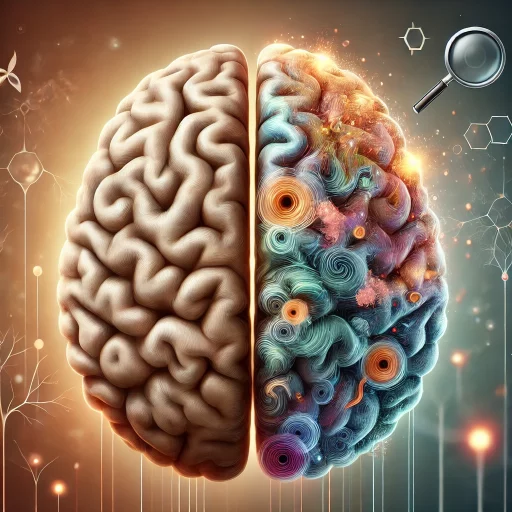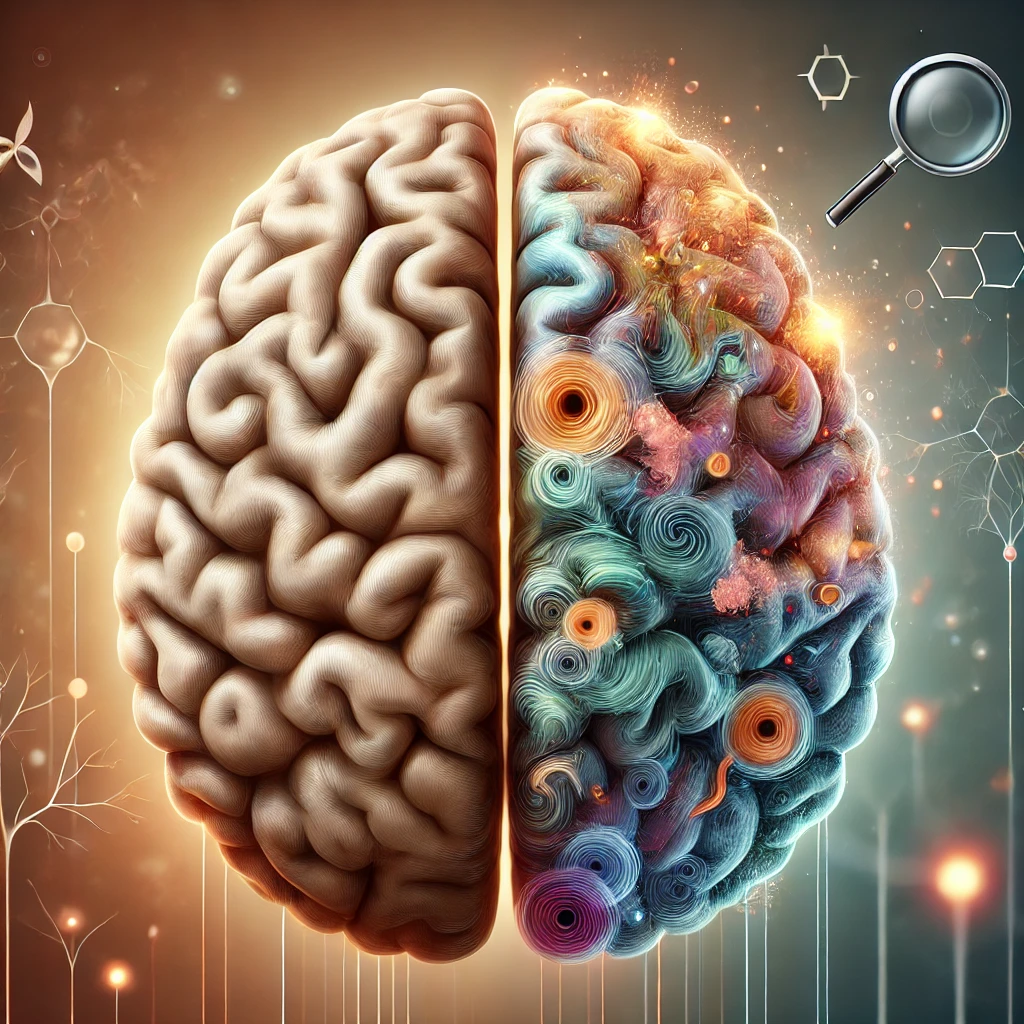A Breakthrough in Understanding Brain Aging
Scientists have made a major discovery about how certain proteins in our brains change as we age. This new understanding could help predict the risk of Alzheimer’s disease, a condition affecting millions worldwide.
Proteins That Signal Aging and Alzheimer’s
Researchers focused on two key proteins in the brain—tau and amyloid. Under normal circumstances, our brain clears away these proteins like it cleans up waste. However, as some people age, these proteins start accumulating, forming what scientists call “tangles” and “plaques.” These buildups are common in Alzheimer’s patients, and researchers found they appear earlier and in higher quantities for some individuals, possibly signaling a higher risk of developing the disease.
Catching Early Signs Before Damage Occurs
Understanding these protein changes is like identifying rust spots in an old machine. Just as you’d want to handle rust before it causes a breakdown, detecting these early changes in the brain could allow doctors to intervene before Alzheimer’s develops. This knowledge could help individuals take preventive steps, whether through lifestyle adjustments or therapies and may delay or prevent the onset of Alzheimer’s.
A Future of Early Detection and Intervention
This study adds an important piece to the Alzheimer’s research puzzle, moving scientists closer to understanding why some people are more at risk. With this new insight, doctors may soon be able to identify Alzheimer’s risk much earlier, giving people time to prepare and explore preventive options. The research offers hope for a future where brain aging can be managed more effectively, allowing people to stay mentally sharp for longer.





